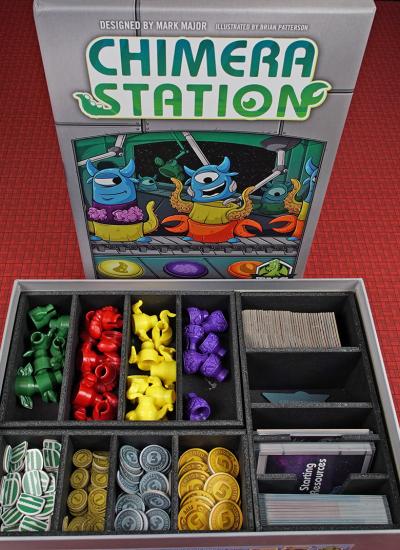

Shift-Ctrl-Btn1 adds to or toggles an existing selection. You can also drag out a selection area with Ctrl-Btn1 (sweep out an area before releasing).

By default, picking from the screen (a type of selection) is done by Ctrl-clicking an atom or bond with the left mouse button, Btn1. In combination with modifier keys, the mouse buttons have additional functions. You can see from the balloons that this structure contains two peptide chains, A and "No ID", and no water (HOH residues). For an atom, the balloon information is of the form:

When the mouse focus is in the graphics window (you may need to click into it if you have been interacting with a different window), hovering the mouse cursor over an atom or bond without clicking any buttons will show identifying information in a pop-up “balloon.” The balloon will disappear when the cursor is moved away. Continue moving and scaling the structure with the mouse in the graphics window as desired throughout the tutorial. Multitouch gestures on a Mac touchpad are enabled by default, but can be turned off in the preferences (menu: Favorites→Preferences, category Mouse). These are option and command on Mac keyboards. If you are using a touchpad or single-button mouse, modifier keys allow emulating the middle and right mouse buttons.


 0 kommentar(er)
0 kommentar(er)
